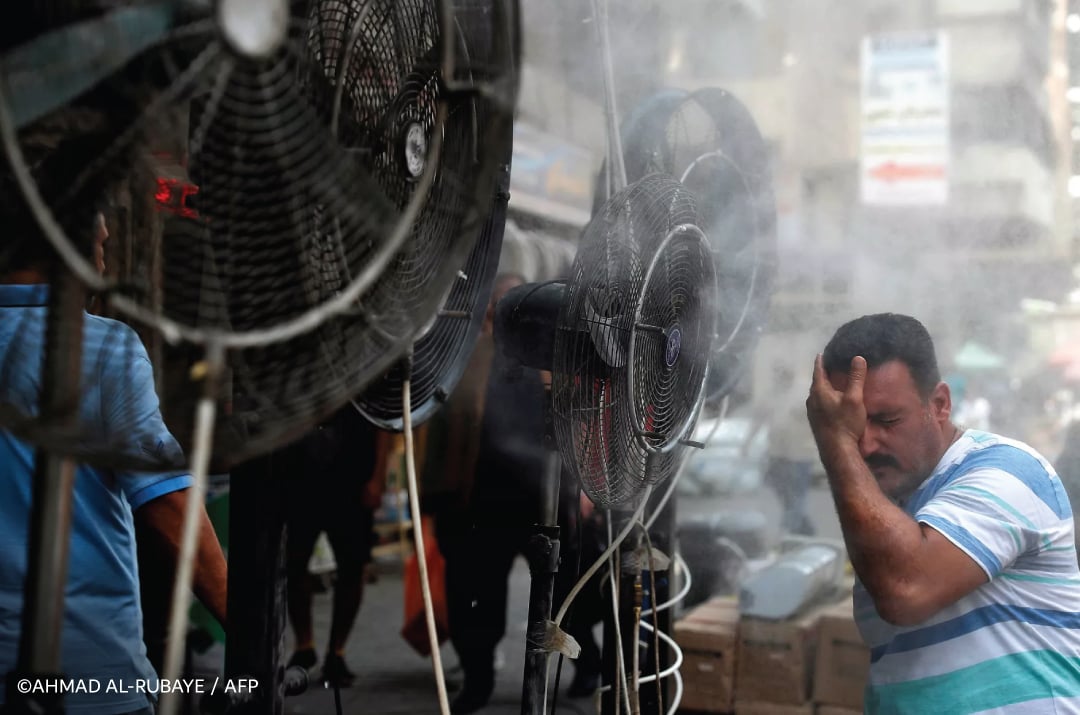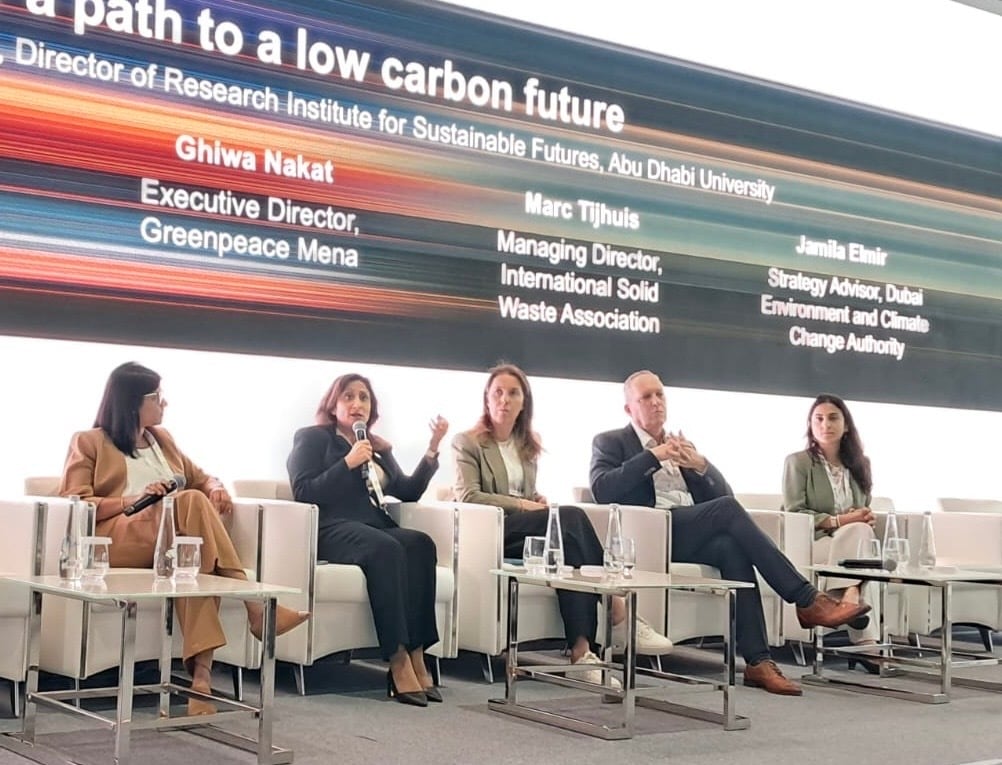
A recent report by Greenpeace MENA has revealed a very significant drop in air pollution levels during the COVID-19 pandemic and the subsequent lockdown measures, compared to previous years.
However, with the gradual return of economic activities to their pre-COVID-19 levels, nitrogen dioxide pollution has also risen once again to its previous rates or even beyond, as satellite monitoring data in 13 out of 16 MENA cities shows.
Air pollution is believed to have severe health consequences. According to a previous study by Greenpeace, air pollution resulting from the combustion of fossil fuels, particularly coal and gas, leads to nearly 4.5 million deaths every year around the world, including more than 50,000 annual deaths in the MENA region alone. Marginalized and low-income groups bear the brunt and suffer the most from the consequences of air pollution.
“In order to mitigate the health impacts of air pollution, we must identify and analyze the concentration of nitrogen dioxide detected in the atmosphere and at ground level. Currently, it is difficult to measure air pollution levels accurately to understand its impacts in our region. Long-term efforts to measure the concentration of ground-level pollution in the region are also few and far between, which represents a major obstacle to the development of effective plans and strategies to improve air quality,” Greenpeace MENA campaign officer Kenzie Azmi said.
It should be noted that the accuracy of scientific data is one of the major objectives in dealing with this issue, as we need access to reliable and long-term data provided by ground-level measuring devices to determine air pollution levels in the region. This would allow us to achieve our goal, which is that clean air is a fundamental human right.
.To view the full report, please click here



